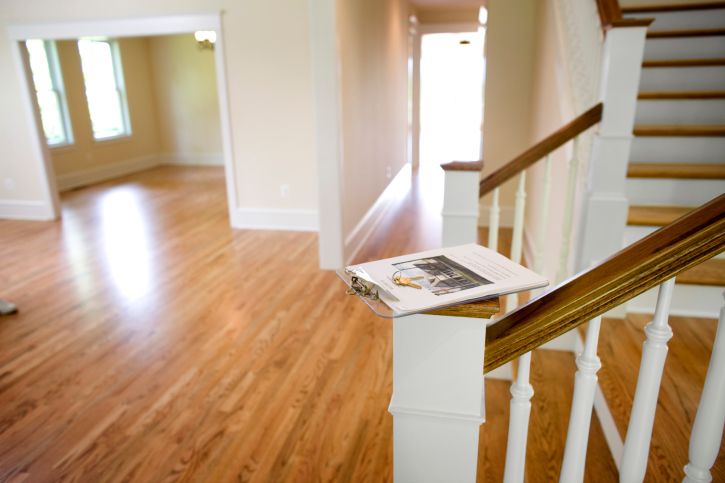Worried About Mortgage Rates Going Up? 3 Steps to Prepare Yourself Financially
 Mortgage rates have been at record lows for quite some time, making it easy for new homebuyers to finance their dream homes. But what comes down will eventually go back up, and with the world economy expected to rebound in 2016, we’re about to start seeing more expensive mortgages.
Mortgage rates have been at record lows for quite some time, making it easy for new homebuyers to finance their dream homes. But what comes down will eventually go back up, and with the world economy expected to rebound in 2016, we’re about to start seeing more expensive mortgages.
So what can you do to prepare yourself before mortgage rates start to rise? Here are three strategies that will keep you ahead of the game.
Start Saving More Money Now
If you have a variable rate mortgage, you’ve benefitted from great interest rates that this world won’t see again for quite some time. Hopefully, you’ve taken advantage of this low-interest period to save up some cash. If so, you’re going to be in a great position for when interest rates rise – and if not, you’ll want to start saving as much as you can now to ensure you can weather the storm.
It’s far easier to save money now, with interest rates low, than it will be when your mortgage payment starts to rise. So start squirreling away as much of your paycheck as you can.
Pay Down as Much of Your Principal as Possible
Another great way to prepare for the rise in interest rates is to pay down your principal amount. The total amount of interest you’ll pay goes up when rates go up, but by paying down your principal, you can take a big bite out of your debt before it has a chance to snowball. So pay down as much of your principal as you can afford – it’s easier to pay down interest on a smaller principal amount.
Switch to a Fixed Rate Mortgage
One of the best ways to take advantage of low rates and ensure you get a great deal is to switch your floating rate mortgage to a fixed rate mortgage. Locking in your low interest rate with a fixed rate mortgage means you’ll pay less interest over the term of the loan, but it also means you’ll only have a set amount of time to pay your mortgage in full. If you’re in a position to predict when you can pay back your mortgage, you’ll save a lot of money by locking in your low rate.
Mortgage rates haven’t been this low in a long time, and likely won’t be this low again for many years to come. That’s why, if you’re a homeowner, you’ll want to do everything you can to prepare for higher interest rates before they get here. Contact your trusted mortgage advisor to learn more about how to manage interest rates and make sure you have the right mortgage for your situation.

 Last week’s economic reports included Pending Home Sales, Construction Spending and several reports on jobs and employment. The details:
Last week’s economic reports included Pending Home Sales, Construction Spending and several reports on jobs and employment. The details: Whether you’re planning on selling your home soon or you want to do a few minor renovations for your own enjoyment, an ailing hardwood floor may be on your list of things to tackle. While this can be a more difficult renovation to complete than many other household items, here are five reasons you may want to move it to the top of the list.
Whether you’re planning on selling your home soon or you want to do a few minor renovations for your own enjoyment, an ailing hardwood floor may be on your list of things to tackle. While this can be a more difficult renovation to complete than many other household items, here are five reasons you may want to move it to the top of the list.